Permaculture - soil components, part four: water and air (lesson 15)
Water and air
Each soil stores water in it, introduced into it with rains or watering. Some soils do it in a more permanent way (clay or with a high content of humus), while others are more permeable and dry quickly (sandy). In others, due to the impermeable ground, water remains underground (stagnant water). Both excess water and its deficiency are harmful to most plants.
If the soil is not too compacted, when it is partially or completely dry, the place of water replaces air. The air makes it easier for the roots to penetrate the soil and deliver supplies to the plant (like micronutrients) through the root system.
Since the invention of the plow, mankind has used artificial plowing to loosen the soil, enrich it with minerals and reduce weeds. While plowing extracts minerals from deeper parts of the earth, it is effective only in a short time. In the first or second season, growth is actually intensified, but a large part of minerals from the deeper layers of the earth are lost in the processes of oxidation or washing away by rains, which not all the plants can use beforehand. In addition, the balance among microorganisms is disturbed, a large part of the humus disappears. After a few seasons, the soil is impoverished and depleted and requires much more work and intensive fertilization.
A much simpler way is to build humus from above, letting it naturally loosen the soil.
In the loosening process, you can support the cultivation of certain plants that, with their rich root system, will move the soil for us (the "spike roots" method) or by loosening it with forks to a depth of up to 10 cm.
To get rid of weeds, mulch is just as effective as deep plowing. Mulching is also an excellent form of warming the ground and protecting the soil against losing nitrogen and other minerals.
Nutrients can be introduced along with compost, manure, green manure, drawing them from the deeper layers of the earth or the air (e.g. legumes and nitrogen) and mineral fertilizers.
The spike roots method
For natural loosening of the soil, you can plant plants with deep taproots, such as Japanese radish, chicory, comfrey, artichoke, and dandelion. Plants without taproots, which, however, with their fibrous root system perfectly loosen the soil are mustard, rape, and alfalfa.
The listed plants can be sown one year before setting up a garden in places prepared for flower beds, or between flower beds (or under fruit trees/shrubs), during cultivation. The cultivation of some vegetables involves loosening the soil at harvest (root and tuber, such as carrots or potatoes)
Indicators of moisture and aeration
Soil with stagnant water
Light soil, well-drained
Soil compacted, well-drained
Soil well ventilated, rather moist
Dry rocky soil
Impermeable soil with poor drainage
All my lessons are shared totally for free with a CC-0 license (which means you can copy my text and share it wherever you want to, without the need to mark me as an author). I hope it will bring you joy.
Previous lessons can be read here:
Fertilizers
2 - types of manure and when to use it
3 - Compost. Basics
4 - advanced composting
Soil and minerals
10 - Boron, Molybdenum, Copper, Magnesium
11 - Zinc, Calcium, Iron and other elements
12 - soil components: sand and clay
13 - soil components: humus
Thank you for reading,
@papi.mati
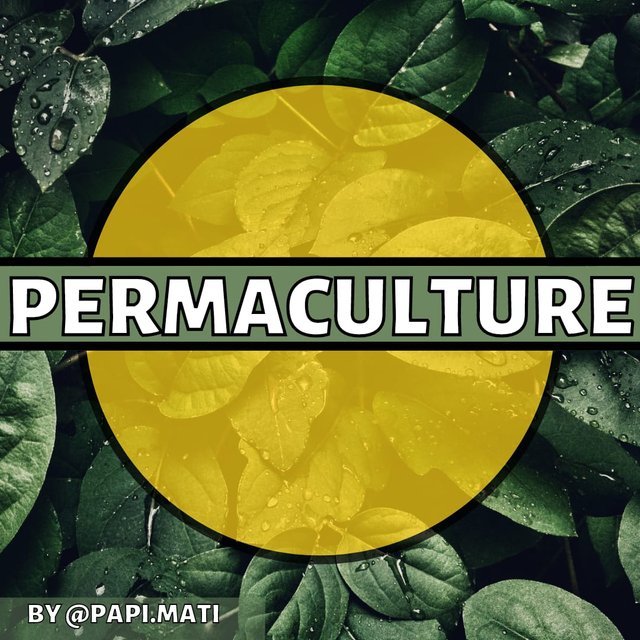
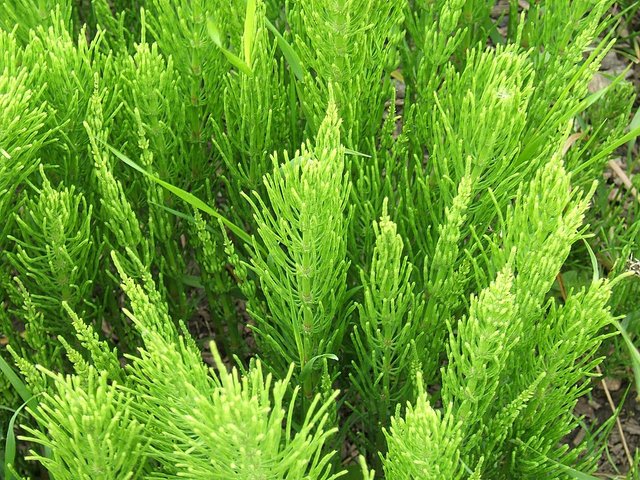
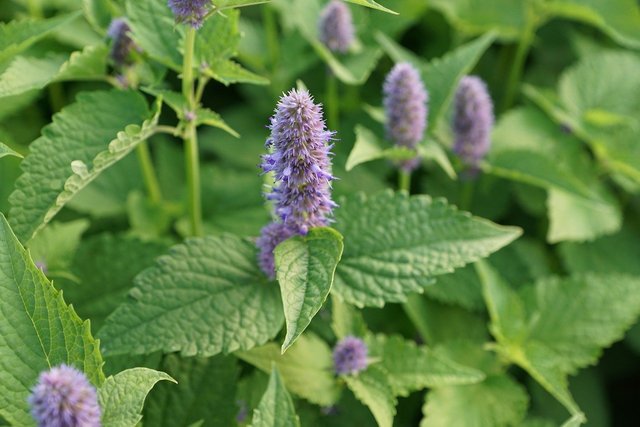
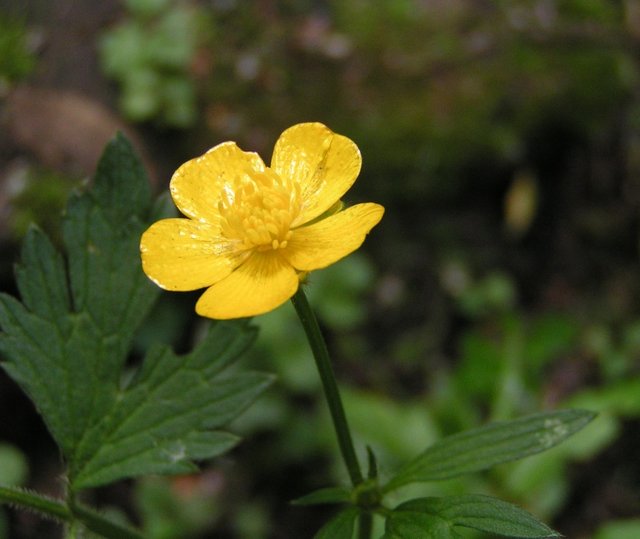
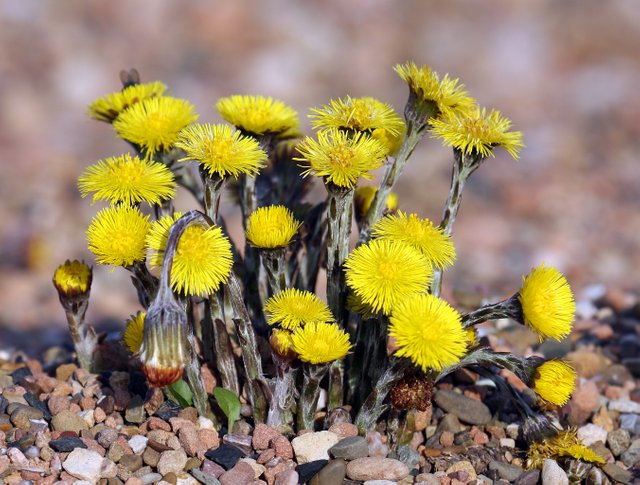
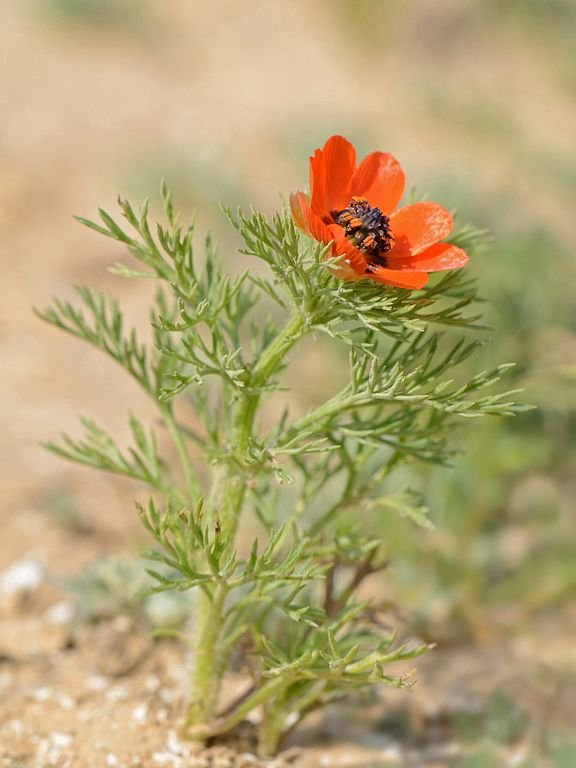
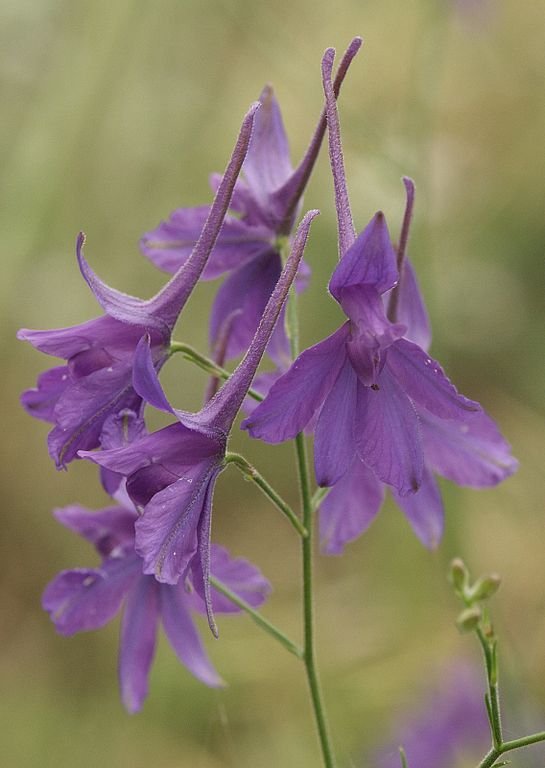
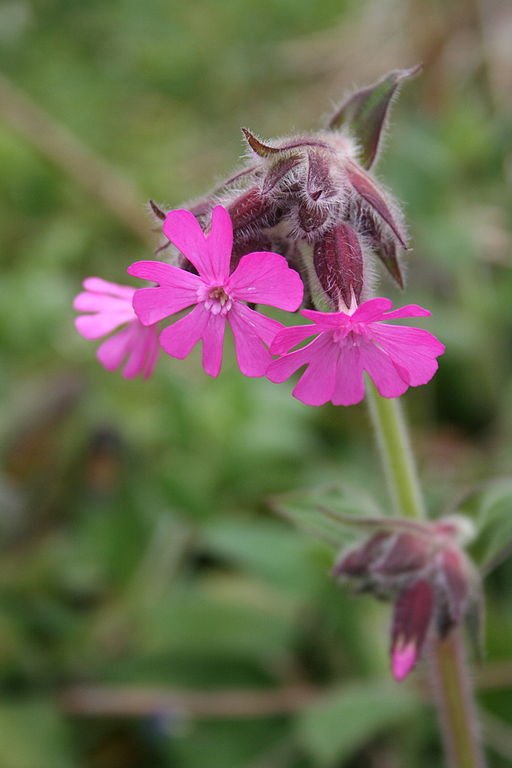
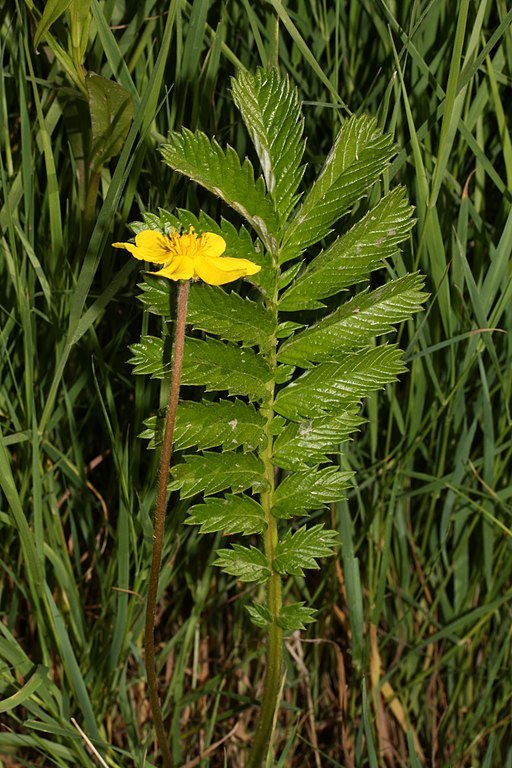
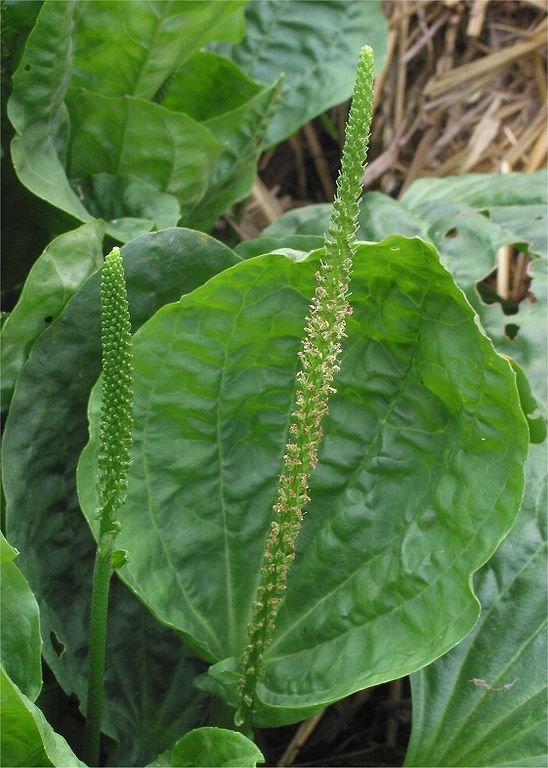
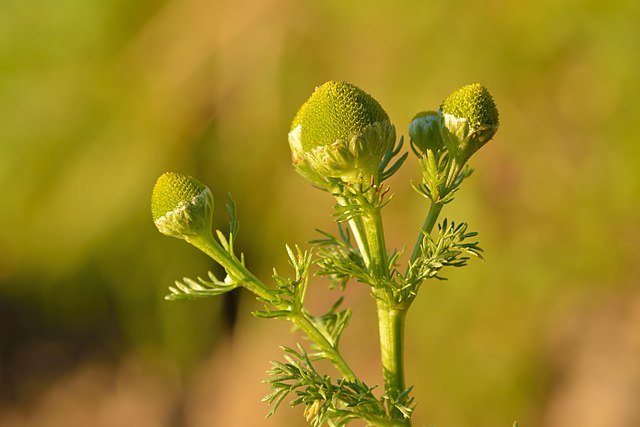
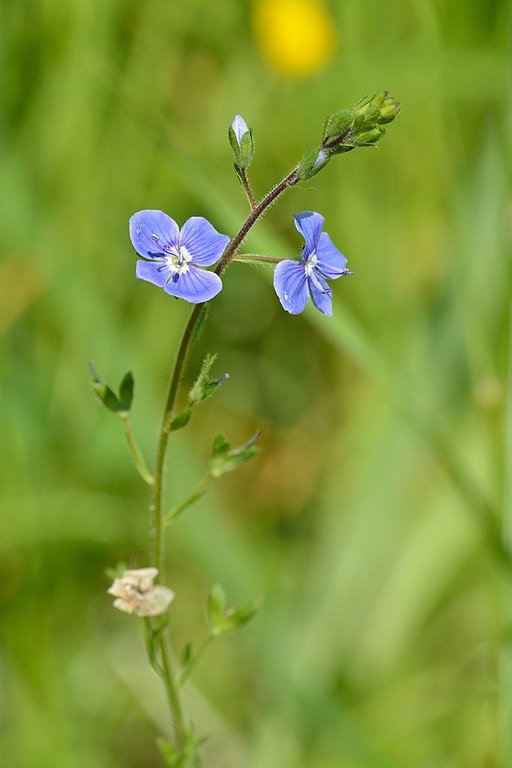
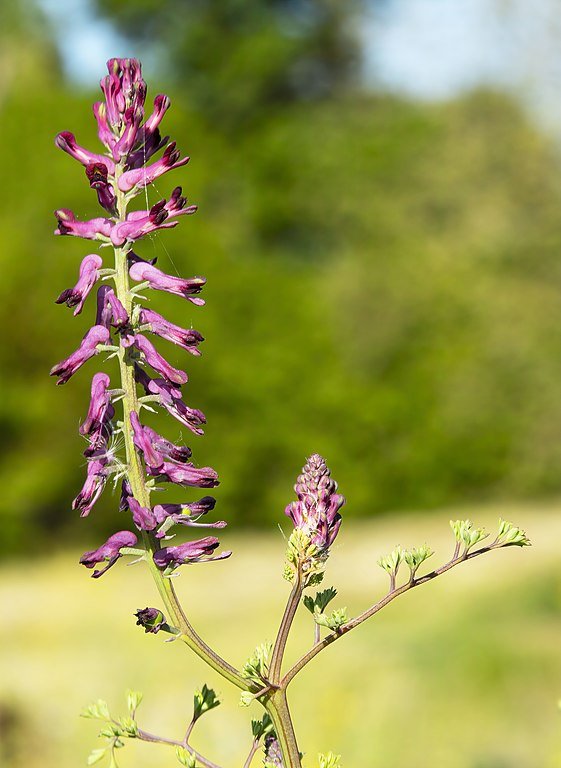
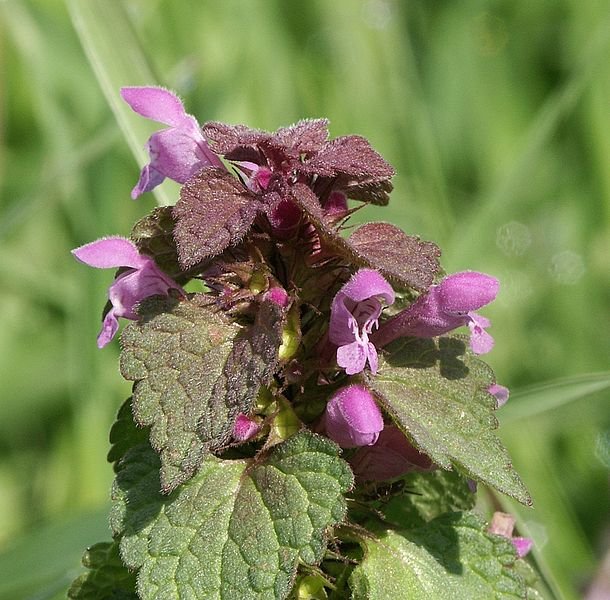
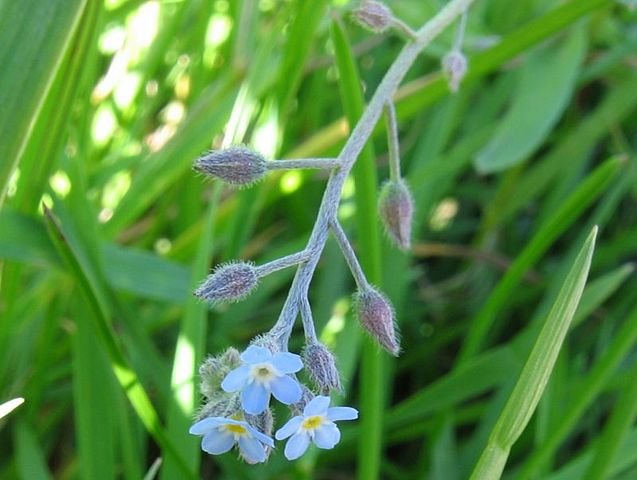
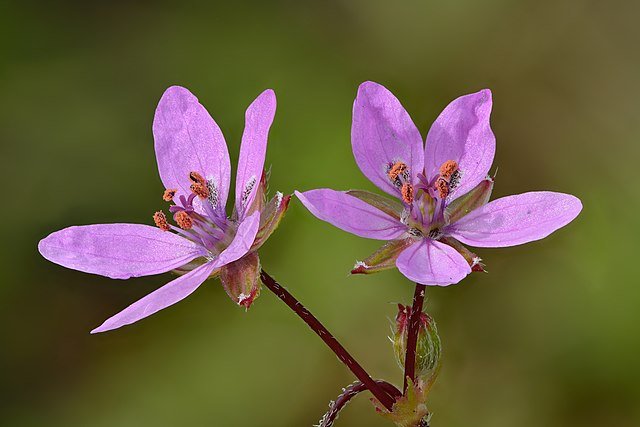
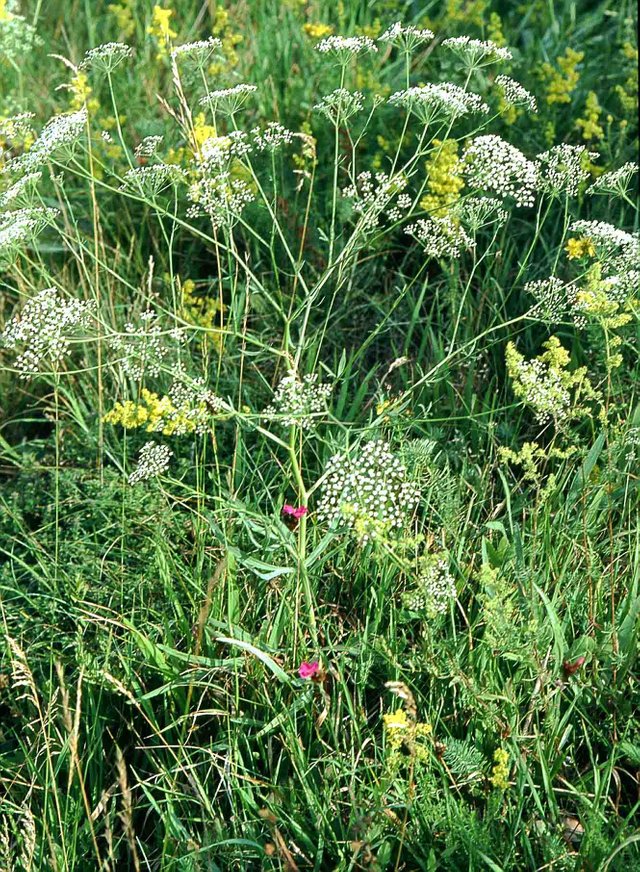
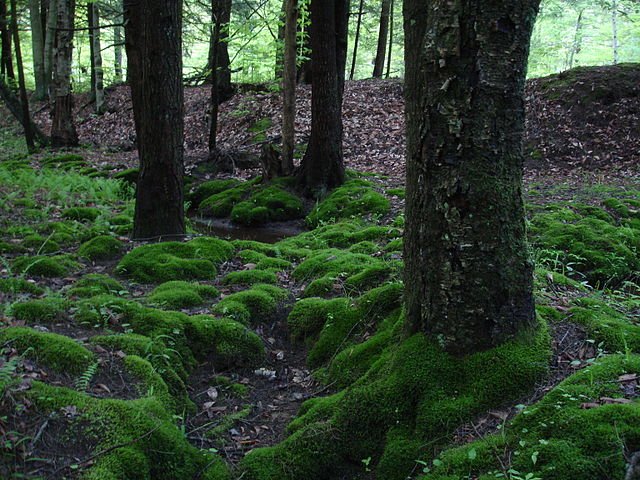
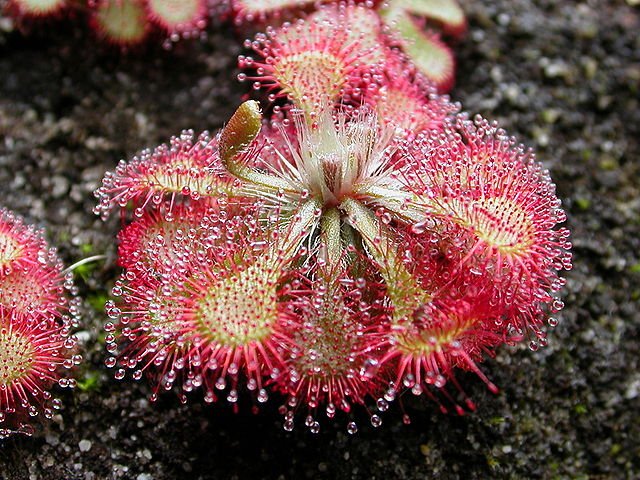
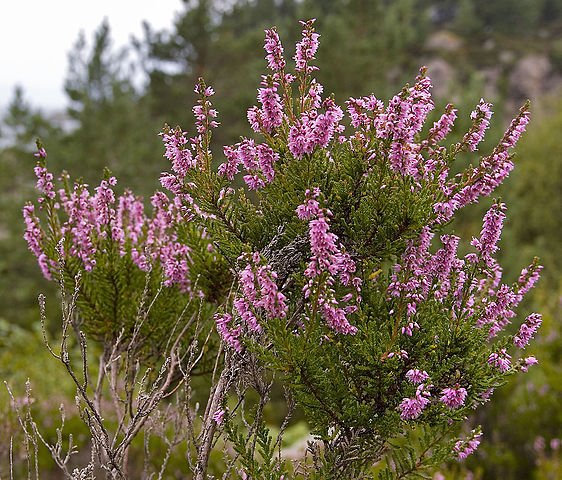
Wow amazing dear sir you have great knowledge about permaculture.
Amd i am very impressive because your post presentation is very good and I am really like it. And please send me a its community discord Chanel. Thanks 🌺
My best wishes for you and your community. Remember me in your prayers.
Regards, Faran
Thank you, it's very kind of you to say all that good words. I do have some knowledge although I cannot call myself a specialist - there is plenty of smarter people, I had a pleasure and honour to learn directly from some of them, others white book, make their own permaculture villages and symposiums.
I'm happy to know that you like the presentation too. I am constantly thinking how to improve it.
I I'm an atheist, no prayers here, but I can offer you my best wishes. Hope you will have a great day!
Here is the discord to the community channel:
https://discord.gg/yCwPTEEx
We are glad you have chosen our community and we are looking forward to see your posts.
Sir, i am very glad to see your reply and i am very happy to see your wishes for me.
And i am asking again you make a very good post and i really like your post presentation and i am very excited to start learning with you.
You are also the one of great and genius man on this platform.
And today i am also share my first post in your wonderful community.
Thanks for send me a link of it's discord Chanel.
I enjoyed reading through @papi.mati another detailed and we'll explained about soil component. I have really benefited from this.